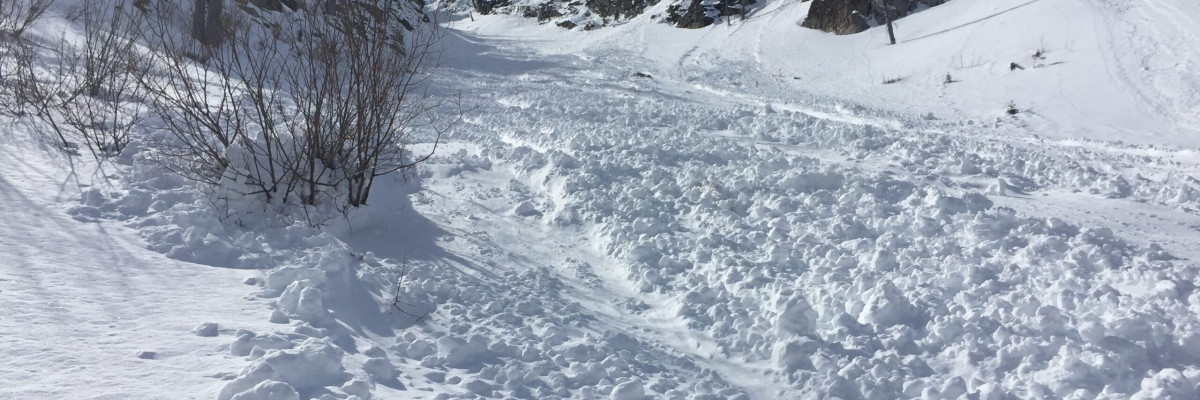The current avalanche danger is LOW for the West Central Montana backcountry. Low danger does not mean no danger, small avalanches are possible in isolated terrain with increased danger in extreme terrain. Watch for unstable snow to develop on isolated terrain features as the snow warms today. The avalanche danger will trend towards moderate later in the day as natural loose wet cycles develop.
Good morning, this is Logan King with the West Central Montana Avalanche Center’s avalanche advisory for Tuesday, April 2nd, 2019. This danger rating does not apply to operating ski areas, expires at midnight tonight and is the sole responsibility of the U.S. Forest Service.
Weather and Snowpack
The snowpack continues to experience freezing temperatures overnight and this morning at 4am temperatures range from 24 to 28 degrees Fahrenheit. Winds are variable and light this morning at 3 mph with gusts up to 8 mph.
The greatest concern today are loose wet avalanches. Yesterday while touring in the central Bitterroot we observed widespread loose wet activity at all elevations and on every aspect but true north. This problem will increase through the day before peaking in the afternoon and will follow the sun across slopes. Although small and relatively slow-moving, loose wet sluffs have a lot of mass and can easily knock you down and take you for a traumatic ride. Avoid steep sun exposed terrain especially if terrain traps are present. If the snow starts to get wet and heavy move to a different aspect or call it a day.
The other concerns to keep an eye out for are persistent slabs and wind slabs. On a north facing slopes, we found preserved depth hoar above 7,000 feet in shallow snow near rocky terrain. This layer is very isolated but was reactive in stability tests. Shallow winds slabs will also be possible in cold snow on northern exposures. Again these problems are very isolated and unlikely to be triggered but if you find cold dry snow assess it carefully for wind loading and persistent weak layers before committing to steep terrain.
Avalanche and Weather Outlook
The forecast for today is scattered clouds and sun. No snow is expected and light winds from the Northeast will continue. The avalanche danger will increase through the day as the snow surface warms but isn’t in for any major changes until this weekend when the next round of precipitation arrives.
If you get out into the backcountry, please share your observations on our public observation page.
Ski and ride safe.
























